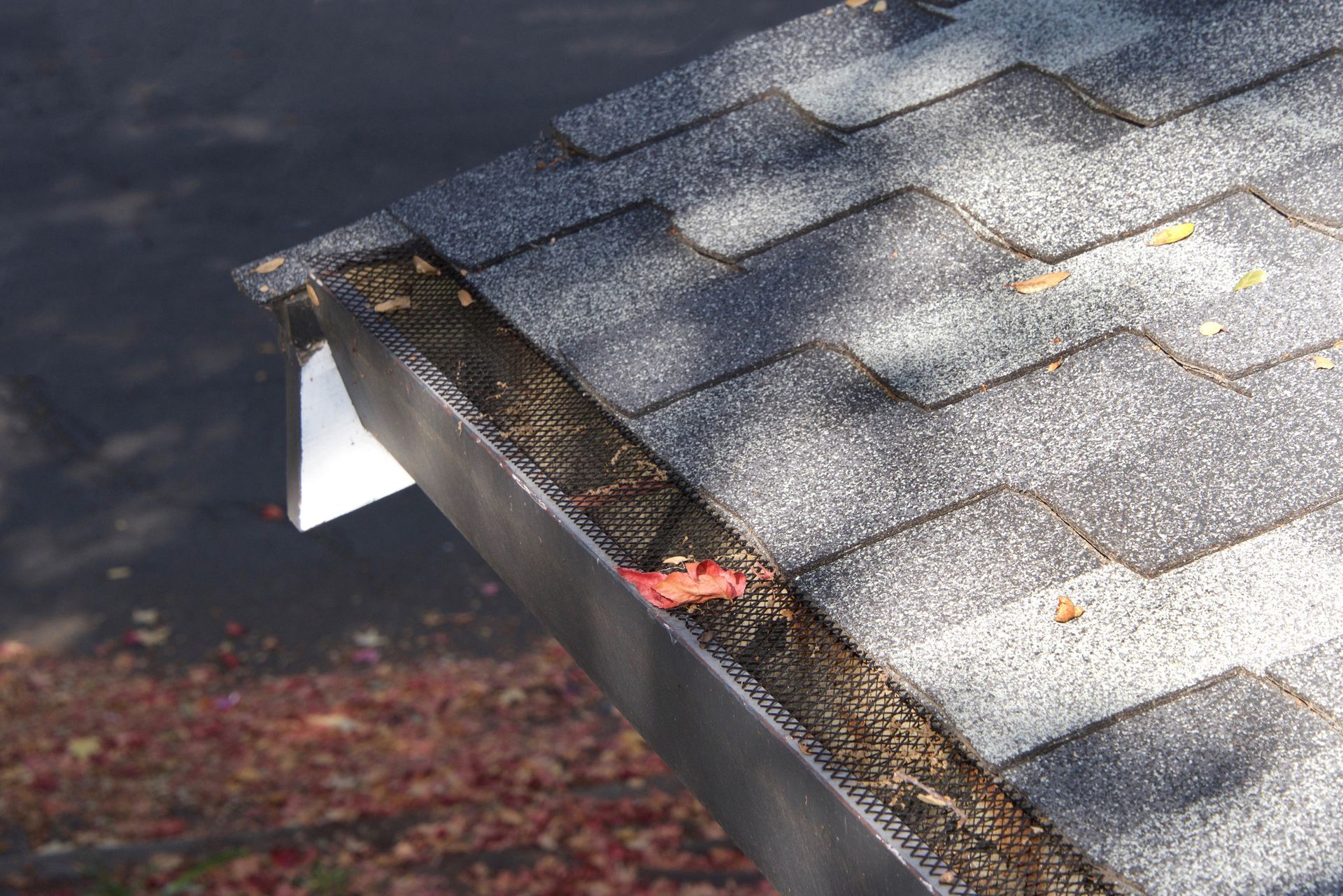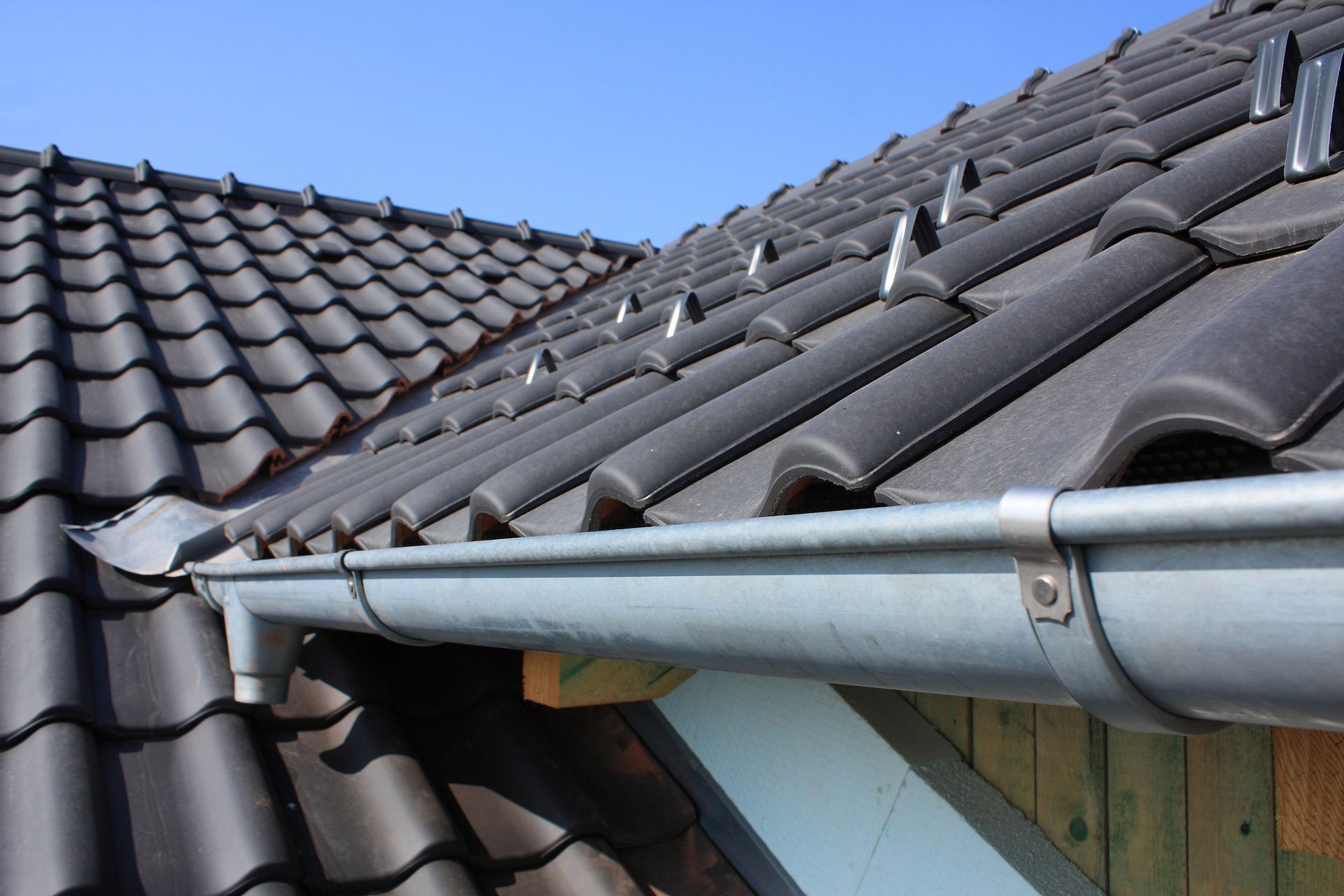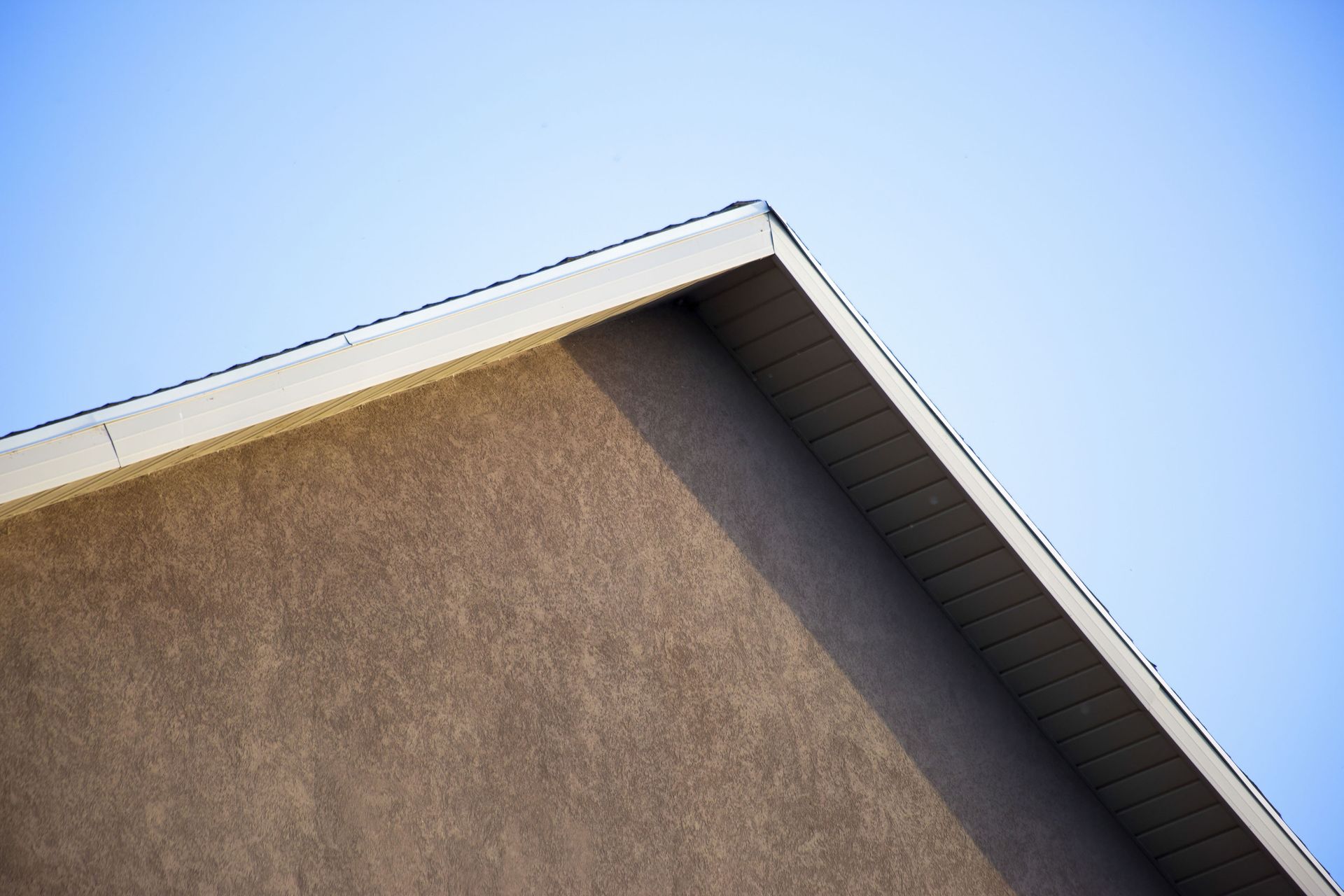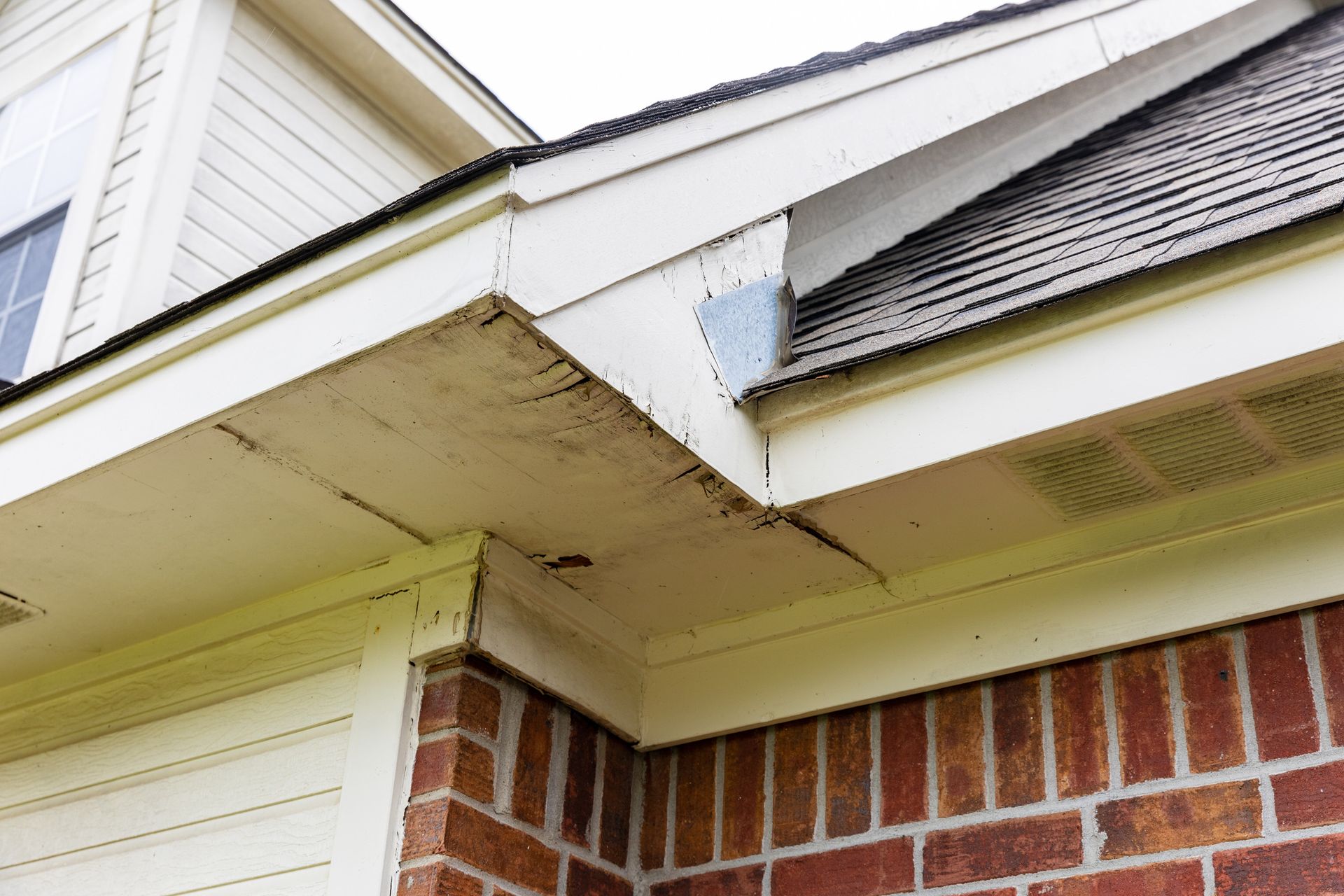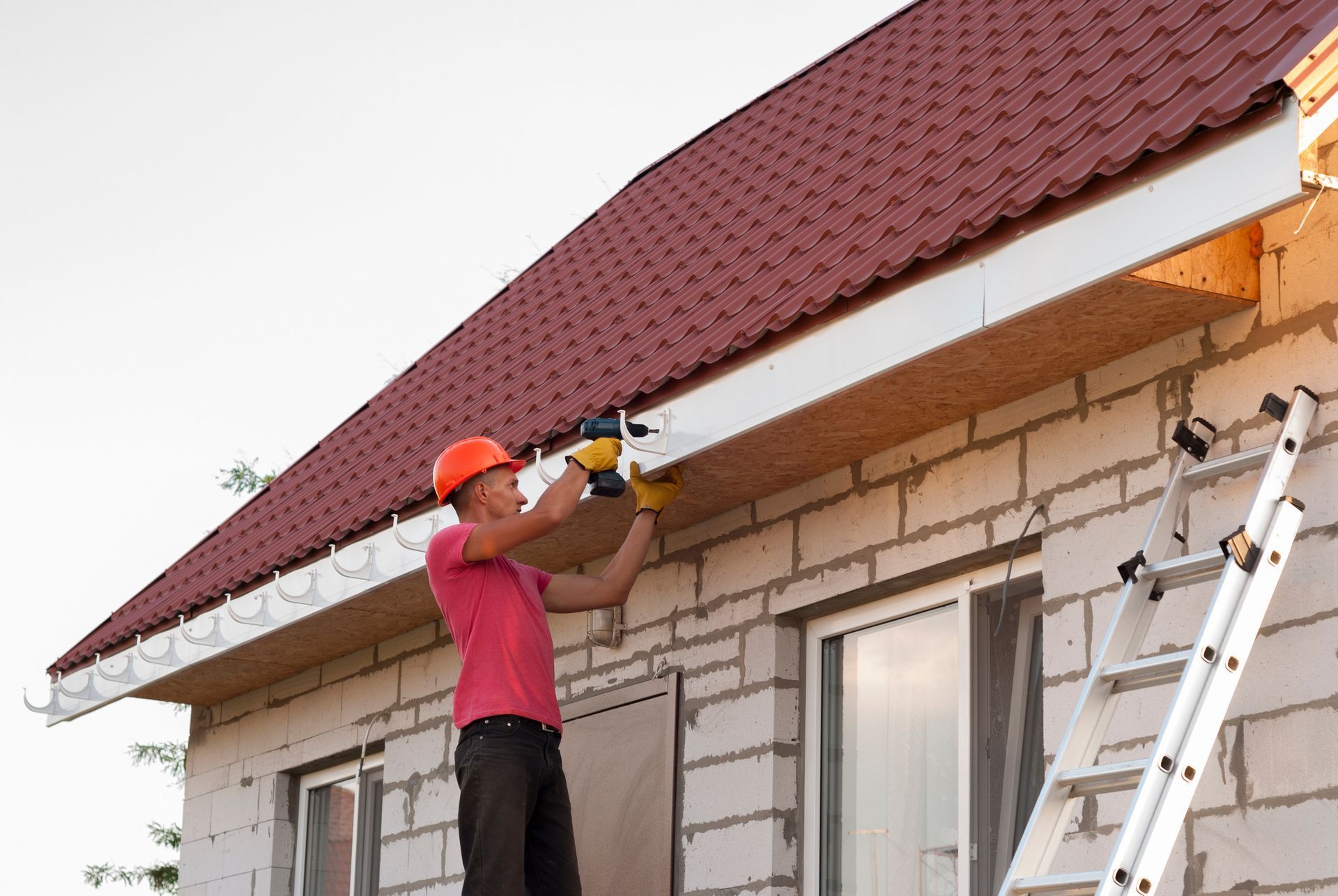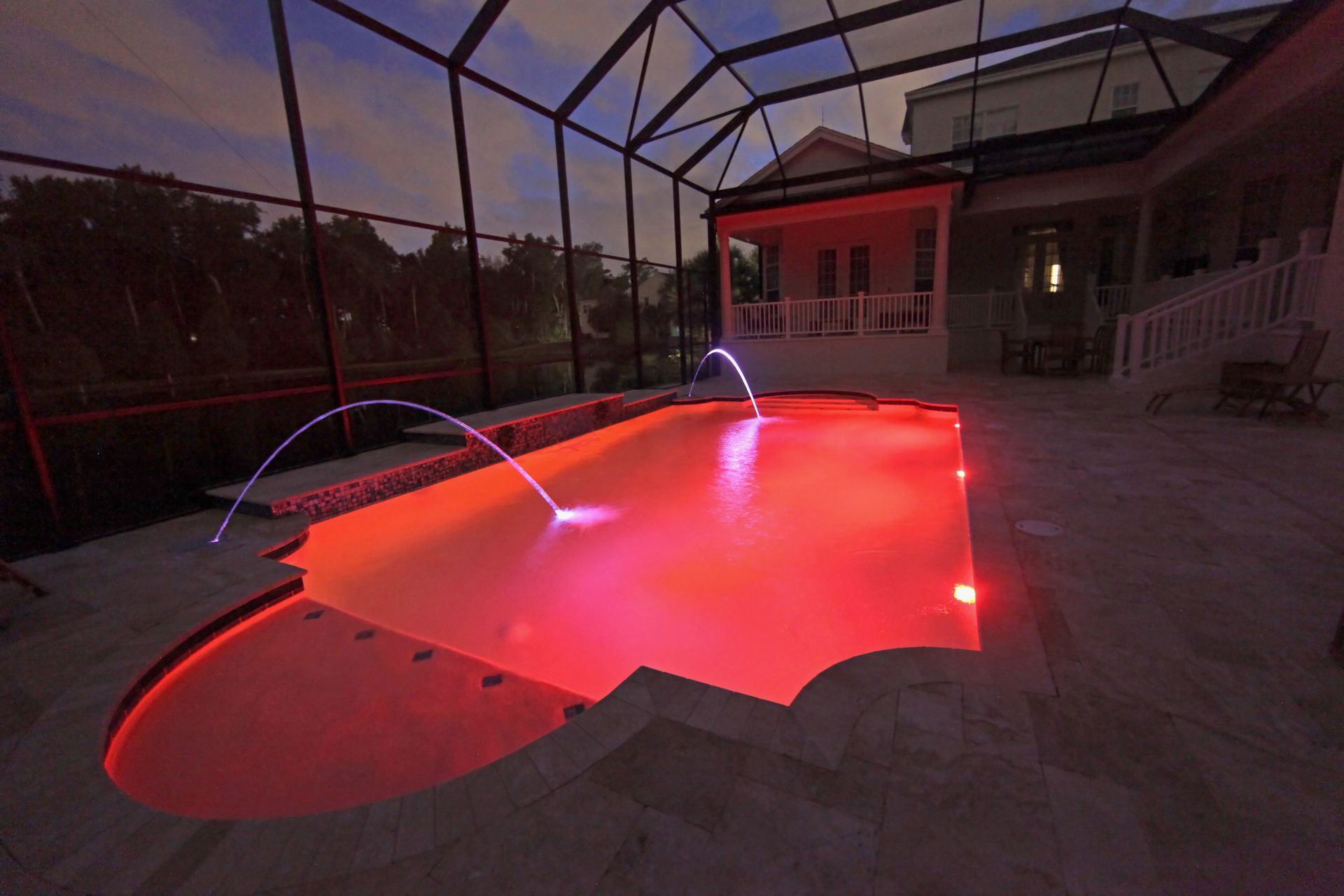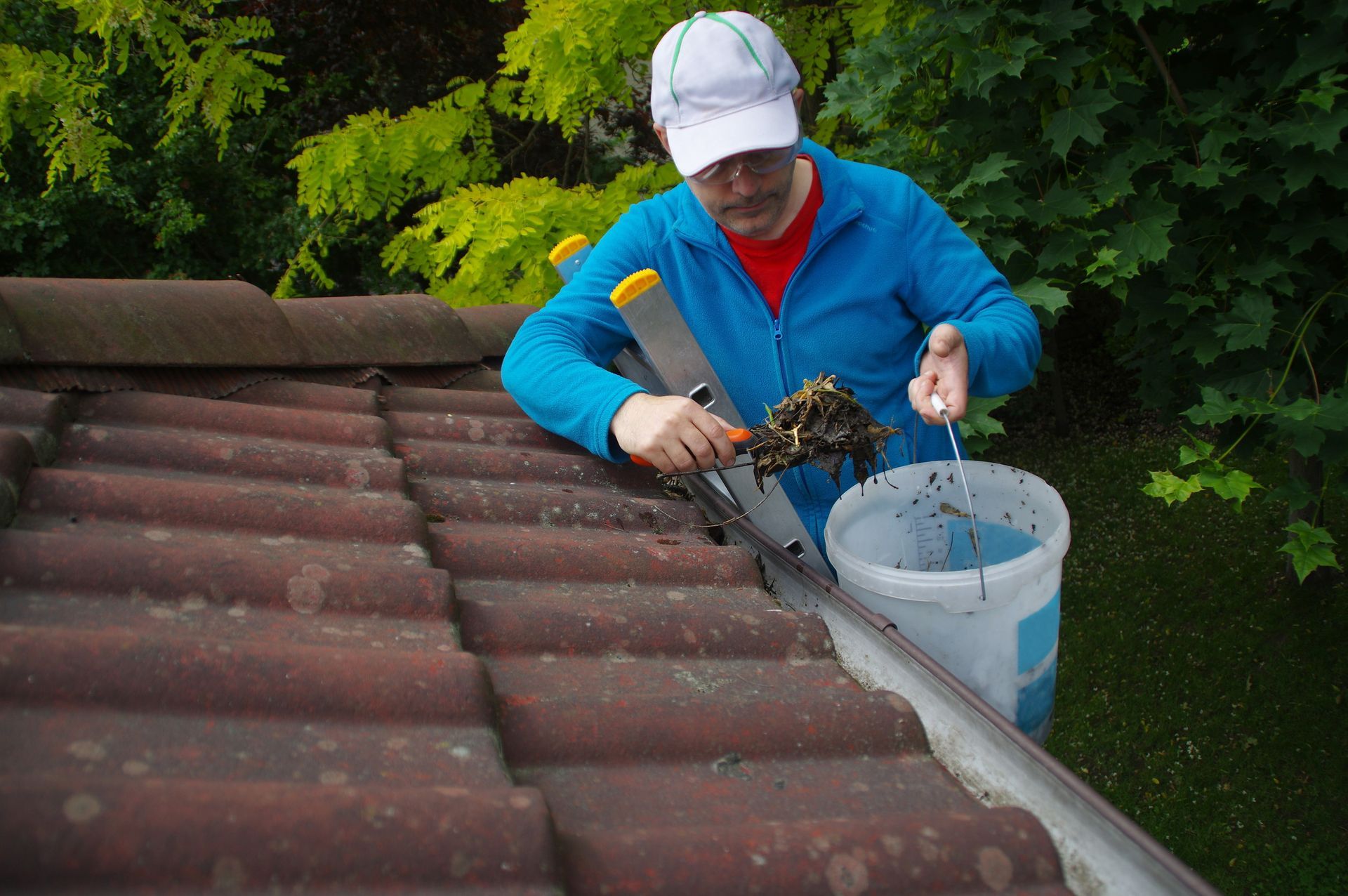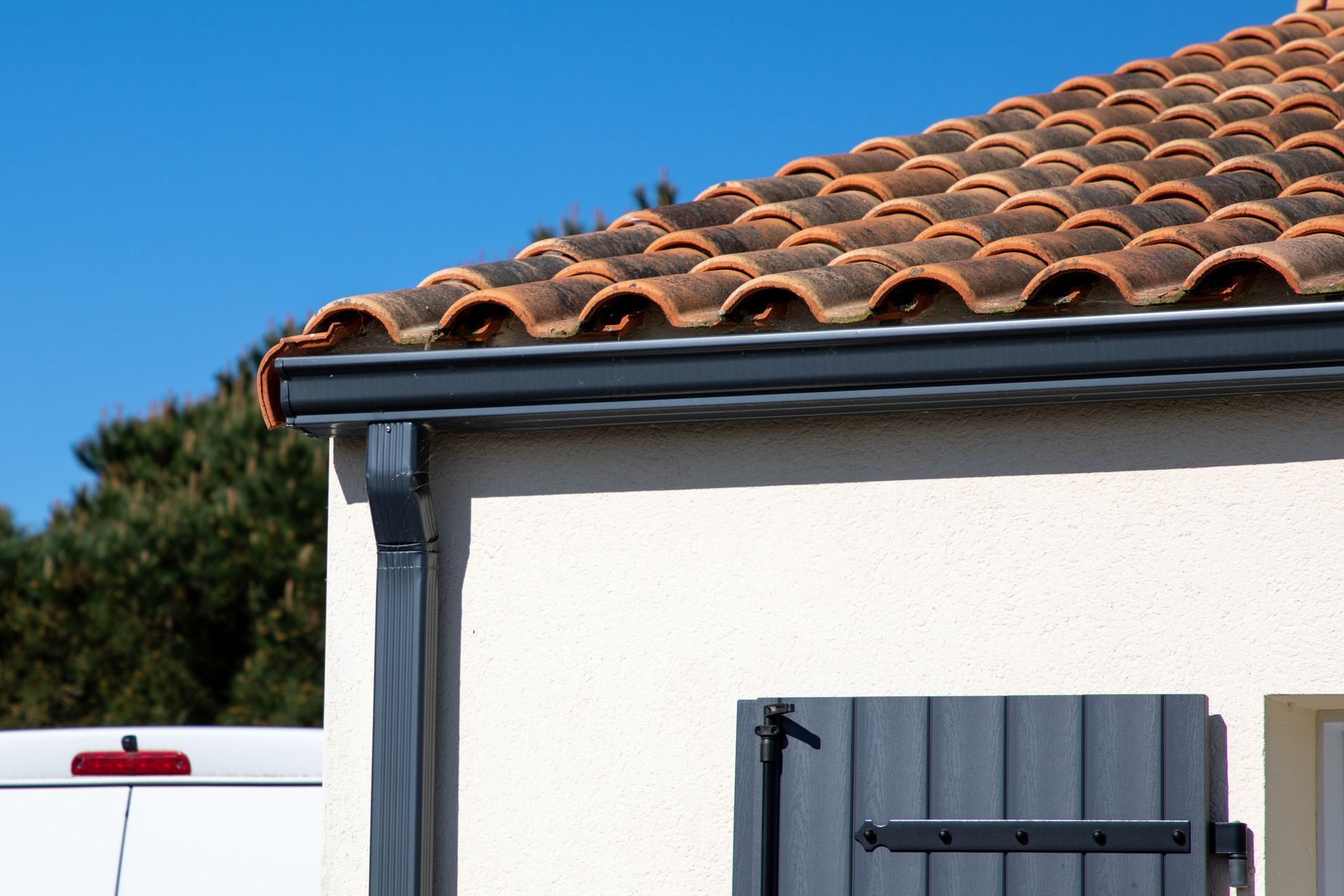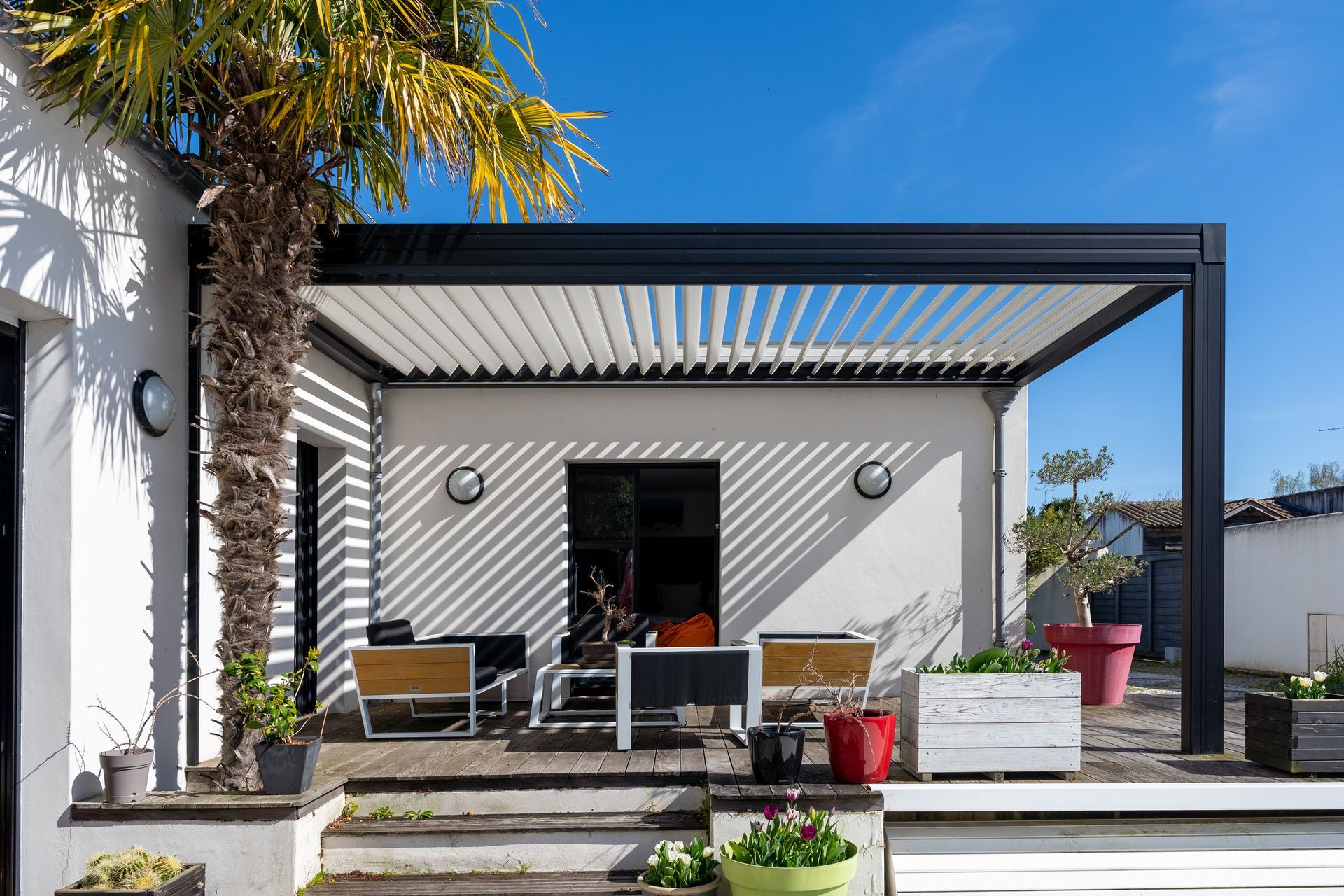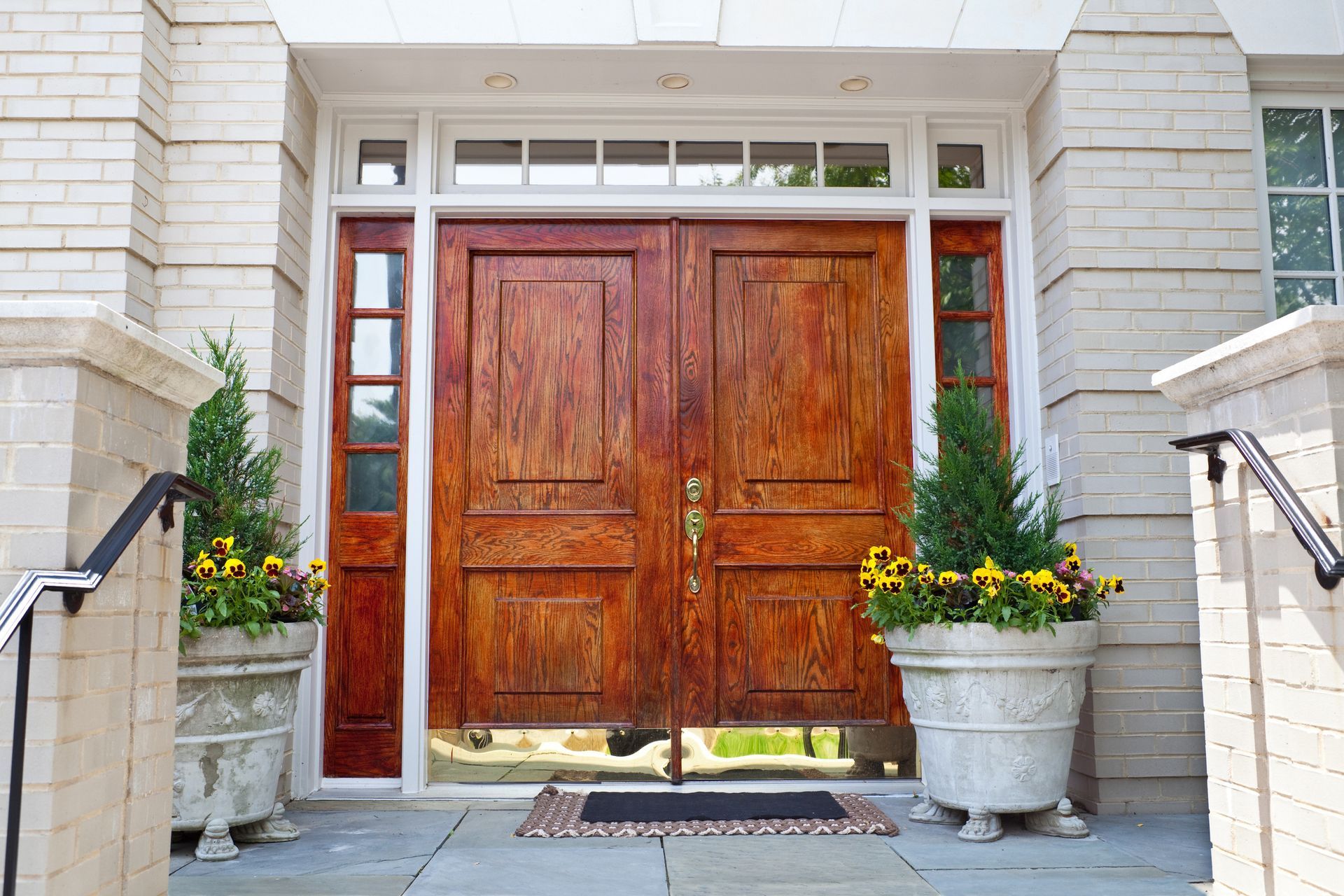Everything You Need to Know About Soffit and Fascia Boards
Welcome to our comprehensive guide on soffit and fascia boards! Whether you are a homeowner looking to upgrade your exterior or a contractor seeking more knowledge, this post is for you.
Soffit and fascia boards may seem like small details in the grand scheme of home construction, but they play a crucial role in protecting and maintaining the structural integrity of your house.
In this blog, we will cover everything from what these important features are to how they benefit your home's overall structure. By the end, you will have a clear understanding of why having properly installed soffit and fascia is essential and how it can enhance both the aesthetics and functionality of your property.
So, let's dive into this topic and uncover all there is to know about soffit and fascia boards!
What are Soffit and Fascia Boards?
Soffit and Fascia are integral parts of your home's exterior structure, often overlooked, but perform vital roles in protecting your home.
The soffit is the material connecting the roof's overhang to the side of the building, typically located beneath the eaves on the house's exterior. They provide ventilation, preventing the buildup of heat and moisture in the attic, thereby reducing the risk of rot in the sheathing and rafters.
On the other hand, the fascia boards are the long, straight boards running along the lower edge of the roof. They function as a protective layer between the edge of the roof and the outdoors and serve as a base for the gutter system. The fascia protects the wooden board against weather damage that can occur during heavy rain or severe weather conditions.
Understanding the importance of these features can greatly enhance the longevity and overall health of your home. By ensuring proper installation and maintenance of soffit and fascia boards, homeowners can preserve the structural integrity of their homes and potentially save on costly repairs.
Differences between Soffit and Fascia Boards
Although both soffit and fascia boards are critical to the structural integrity of your home, they have distinct differences in their materials, purpose, and placement.
Materials: Soffit and fascia boards are typically made from similar materials – often wood, vinyl, or aluminum. However, their exposure to weather elements often determines the choice of material.
Soffits, being tucked away under the eaves, can be made from wood, but vinyl and aluminum are popular due to their resistance to decay. Fascia boards, being more exposed, are commonly made from more durable materials like aluminum that can withstand harsh weather conditions.
Purpose: While both provide protective functions, they serve different specific purposes. As we've mentioned, soffits are responsible for ventilation, reducing heat and moisture buildup in the attic.
It helps in preventing the rotting of sheathing and rafters. Fascia boards, on the other hand, protect the edge of the roof from weather damage and serve as a base for the gutter system, controlling the direction of rainwater runoff to prevent damage to your home's exterior walls and foundation.
Placement: Soffit and fascia boards are also distinct in their placement on the house. Soffits are located beneath the eaves on the house's exterior, bridging the gap between the side of the house and the roof's overhang. Fascia boards run along the lower edge of the roof, serving as a protective barrier between the roof edge and the outdoors.
Understanding these differences can help homeowners make informed decisions about the right type of soffit and fascia boards for their homes, and ensure they are correctly installed and maintained.
Benefits of Having Well-Maintained Soffit and Fascia Boards
Proper maintenance of soffit and fascia boards is critical to the longevity and aesthetics of your home. Here are some key benefits:
Protection Against Weather and Pests: Well-maintained fascia boards offer excellent defense against harsh weather conditions. They can prevent water and snow from entering the house, thus reducing the risk of damage to the interior of your home. Similarly, soffits safeguard your house against small animals and pests by blocking entry points, hence protecting the attic and the interior walls from unwanted intruders.
Improved Ventilation: Soffits play a pivotal role in the ventilation of your home. They allow air to circulate the roof, reducing moisture and heat buildup in the attic. This process helps prevent the rotting of sheathing and rafters, extends the life of your roofing material, and can even enhance your home's energy efficiency.
Enhanced Curb Appeal: Besides their practical benefits, soffit, and fascia boards contribute significantly to your home's curb appeal. They provide a clean,
finished look to the exterior of your house. When painted or coordinated with your home's color scheme, they can substantially add to the aesthetic value of your property, enhancing its visual appeal and potential market value.
Signs of Damage or Deterioration in Soffit and Fascia Boards
Being a crucial part of your home's exterior, soffit, and fascia boards are constantly exposed to environmental elements and therefore, are susceptible to damage and deterioration over time. It's crucial to monitor these components periodically and watch out for certain signs that indicate they may need repair or replacement.
Visual Cues: Regular inspection of your soffit and fascia boards can reveal visible signs of wear and tear, such as peeling paint, cracks, or holes. These could be indicative of aging material or damage from pests. Additionally, sagging or warped boards could signify water damage or structural issues.
Water Damage: Water is the primary enemy of soffit and fascia boards. Signs of water damage may include discoloration, rotting, or soft and crumbling material. If your fascia boards are consistently wet or your gutters are not draining properly, it may lead to water seeping into and damaging the boards.
Mold and Mildew: The presence of mold or mildew on your soffit or fascia boards is a clear sign of excessive moisture and poor ventilation. Not only can this lead to structural damage, but it can also pose health risks to the dwelling's inhabitants.
Pest Infestation: Look for signs of pest infestation such as chew marks, droppings, or nests in and around your soffit and fascia. Certain pests, like squirrels or birds, might create holes or damage the material to gain access to your attic.
Loose or Missing Parts: If sections of your fascia or soffit are loose, missing, or have visible gaps, it's likely that they're not performing effectively and need repair or replacement.
Being aware of these signals can help you take timely action, potentially saving you from expensive structural repairs in the future. Regular maintenance and replacement of soffit and fascia boards when needed can extend their lifespan and ensure they continue to effectively protect your home.
Hiring a Professional for Soffit and Fascia Board Maintenance or Replacement
Although some homeowners may consider maintaining or replacing soffit and fascia boards as a DIY project, hiring a professional can offer numerous advantages and ensure that the job is done correctly and efficiently.
Cost Considerations
The cost of hiring a professional for soffit and fascia board work can vary considerably, based on factors like material, size of your house, and local labor costs. While this might seem like an added expense compared to a DIY approach, consider the long-term cost savings from a job well done. A professional contractor has the expertise to perform the task efficiently and precisely, which can extend the lifespan of your soffit and fascia boards and prevent future repair costs due to improper installation or maintenance.
Benefits of Hiring an Expert
Professionals have extensive experience and access to the right tools and materials for the job. They can identify potential issues that might be overlooked
by an untrained eye, ensuring the integrity of your home's exterior. Moreover, most professionals are insured, which means you're protected if something goes wrong during the installation or repair.
Tips for Choosing the Right Contractor
Selecting the right contractor for your soffit and fascia board project is critical. Here are a few tips:
Credentials and Experience: Look for contractors who are licensed, insured, and have a solid track record in the field. Don't hesitate to ask for references or samples of their previous work.
Cost Estimates: Get detailed cost estimates from multiple contractors. It will give you a good idea of the standard rates in your area and help you make an informed decision. Remember, the cheapest bid may not always offer the best value.
Communication: Good communication is key. Your contractor should be able to answer all your queries and concerns about the project.
Warranty: Check if the contractor provides any warranty on their work. It will give you peace of mind knowing that any potential issues that arise post-installation will be covered.
In conclusion, hiring a professional for soffit and fascia board maintenance or replacement not only ensures quality workmanship but also can save you time and future repair costs. Do your research, scrutinize potential contractors, and make an informed decision for the best care of your home.
In Summary
Soffit and fascia boards are fundamental elements in maintaining structural integrity, aesthetic appeal, and overall longevity of your home. Understanding their purpose, recognizing signs of damage, and ensuring proper maintenance can save homeowners from expensive repairs and enhance their property's overall health and value.
It's important to remember that while some tasks pertaining to soffit and fascia boards can be performed as DIY projects, hiring professionals can help ensure a job well done, saving you time, and future repair costs and providing peace of mind. Houses are more than just buildings; they are homes, and every detail matters, right down to the soffit and fascia boards.
About Us
Are you looking for a reputable and experienced contractor to help build a beautiful Lanai on your property in Florida? Look no further than The Heights Aluminum, your one-stop solution for all aluminum installation needs.
